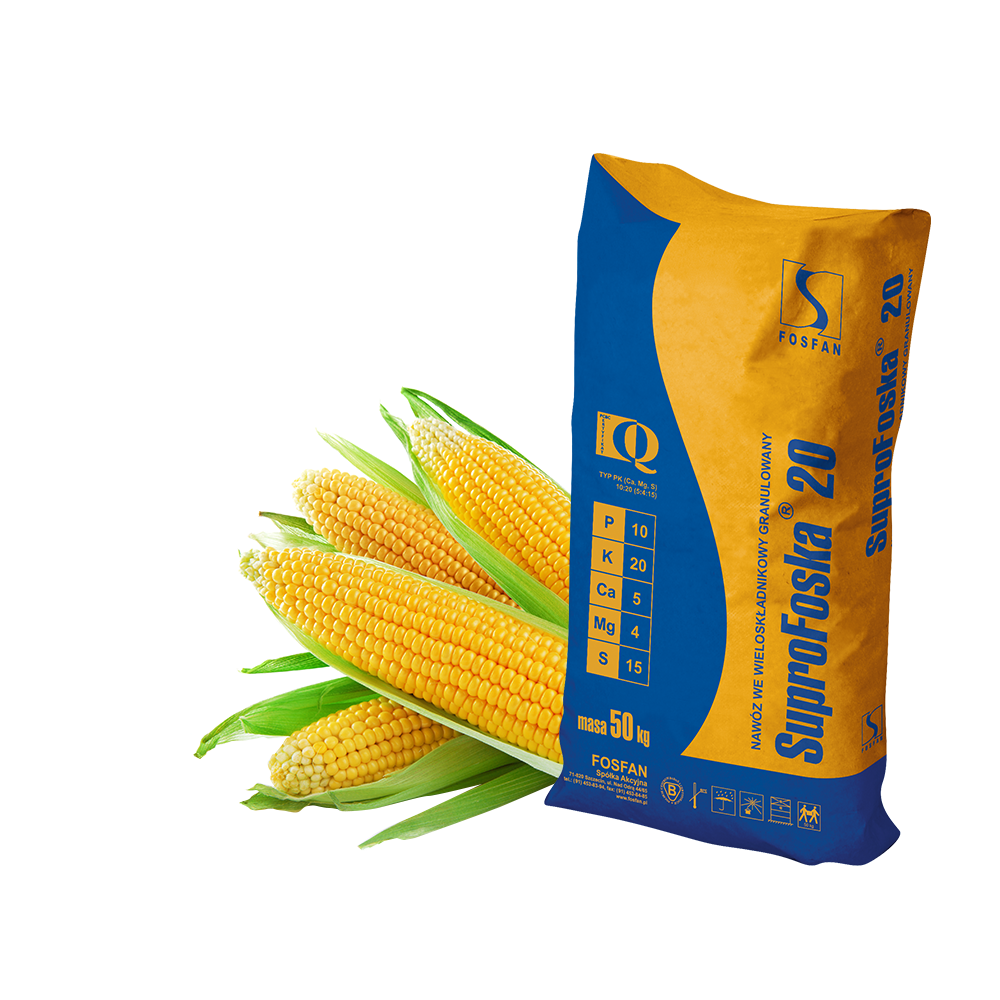Advice
Fertilization of sugar beet
Sugar beet is a plant comprising a plurality of valuable nutrients necessary for the body such as protein, folic acid, sugars, numerous vitamins and minerals. It is a versatile plant with proven healing properties. Beets contribute, among others, to lowering blood cholesterol, preventing atherosclerosis and are widely used in the prevention of many diseases. Currently, in the agricultural practice sugar beets are grown in almost 100% for industrial purposes – for production of sugar. The cultivation of sugar beets requires systematic provision of necessary nutrients: a properly balanced fertilization.
more
Sugar beet and fodder beet are plants with high nutritional requirements. From the field with area of 1 ha together with the yield of these plants we carry out about 200-240 kg of nitrogen, 60-90 kg of phosphorus, 260-400 kg of potassium, 160 kg of calcium, 100 kg of sodium, 90 kg of magnesium and about 400 g of boron. The natural content of nutrients in soils is too low in relation to the requirements of sugar beet. Also, organic fertilizers do not fully cover such a large demand for essential minerals. In sugar beet farming, therefore, it is necessary to use mineral fertilizers. The composition of these fertilizers should be carefully matched to the specific soil conditions and the actual nutritional requirements of this really demanding plant. The compound fertilizers produced by FOSFAN SA meet these conditions:
- SUPROFOS 25
- SuproFoska 20
- SuproFoska 22
Individual components of these fertilizers have a significant impact on the size and quality of the yield of sugar beet.
NITROGEN (N)
Sugar beet takes up nitrogen in the amounts proportional to the content of this element in the soil. With large nitrogen content, uptake by the plant is excessive in relation to its actual needs. Its maturation is then delayed and losses at roots breathing in piles increase. In addition, sugar content decreases while the amount of harmful nitrogen and ash – the so-called melassigenic substances – grows, which increases the costs of the technological process. The use of excessive amounts of nitrogen not balanced with the appropriate amount of phosphate fertilizers results in a noticeable decrease in the yield of roots and the deterioration of their quality. Insufficient nitrogen content in the soil, instead, reflects negatively on the growth of the leaves – there are less of them, they are small and pale. Such leaves are not able to produce sufficient quantities of assimilates.
PHOSPHORUS (P)
Even very high doses of phosphate fertilizers, exceeding the physiological needs of sugar beet, positively affect the quality of roots. They contain more sugar and far less harmful nitrogen compounds hampering technological processes. In such conditions, also the resistance of sugar beet to decay in mounds improves. Deficiency, however, and particularly lack of phosphorus, lowers the yield of fresh and dry weight of sugar beet leaves and roots as well as deteriorates their technological and biological quality. Plants suffering from a deficiency of phosphorus have characteristic “stiff” and dark green dull leaves. Often, on leaf vertices and edges rusty-brown colouration appears.
POTASSIUM (K)
Sugar beet can uptake from the soil large amounts of potassium, but it does not significantly deteriorate the technological quality of roots, on the contrary, even improves it. Moreover, the plants abundantly provided with potassium are more resistant to drought and disease and accumulate more sugar in the roots. Plants suffering from potassium deficiency have limp undulated leaves. Older outer leaves are brighter than young leaves and on their surfaces there are numerous necrotic spots. Leaf edges and vertices wither.
BOR (B)
Sugar beet, fodder beet and other root crops have a high demand for boron, while the majority of soils in Poland currently show a significant shortage of this element. To fertilize beets, therefore, mineral fertilizers containing this element in their composition should be applied. Micronutrient deficiency causes crimping of beet leaves. During the full development period the youngest middle leaves turn yellow, then they turn brown and die (so called Gangrene of heart leaves). Symptoms of boron deficiency are then visible in the roots in the form of dying and suberisation of storage tissues (also called “dry root decay”).
MAGNESIUM (MG)
Cultivated soils also show a significant deficit of assimilable magnesium and sugar beet is particularly sensitive to deficiency of this component in the soil. Symptoms of lack of magnesium are observed on the oldest outer leaves of sugar beet as light green and then yellowish or orange spots between the veining (so called “marbling leaves”). These leaves are heavily wrinkled, wilt, wither and fall off quickly. These symptoms are accompanied by a decrease in the yield of not only leaves but also roots.
SULPHUR (S)
For proper growth of beets sulphur is also necessary. Its deficit occurs more and more often in soils not supplied with organic fertilizers. A deficiency of this element is indicated by light-coloured edges of the youngest middle leaves of beet. They are pale, straight and stiff. Darker innervation mesh is visible on them. Sulphur deficit especially affects the deterioration of the biological and technological quality of the beet.
In feeding beet crops in addition to the above-described elements necessary are also: copper (Cu), zinc (Zn), manganese (Mn) and sodium (Na) which improve the nutrient value of sugar beets while increasing the sugar content in the roots. Compound fertilizers containing biologically appropriate and reasonable amounts of nutrients are a condition of obtaining abundant sugar beet yields and their good quality.










